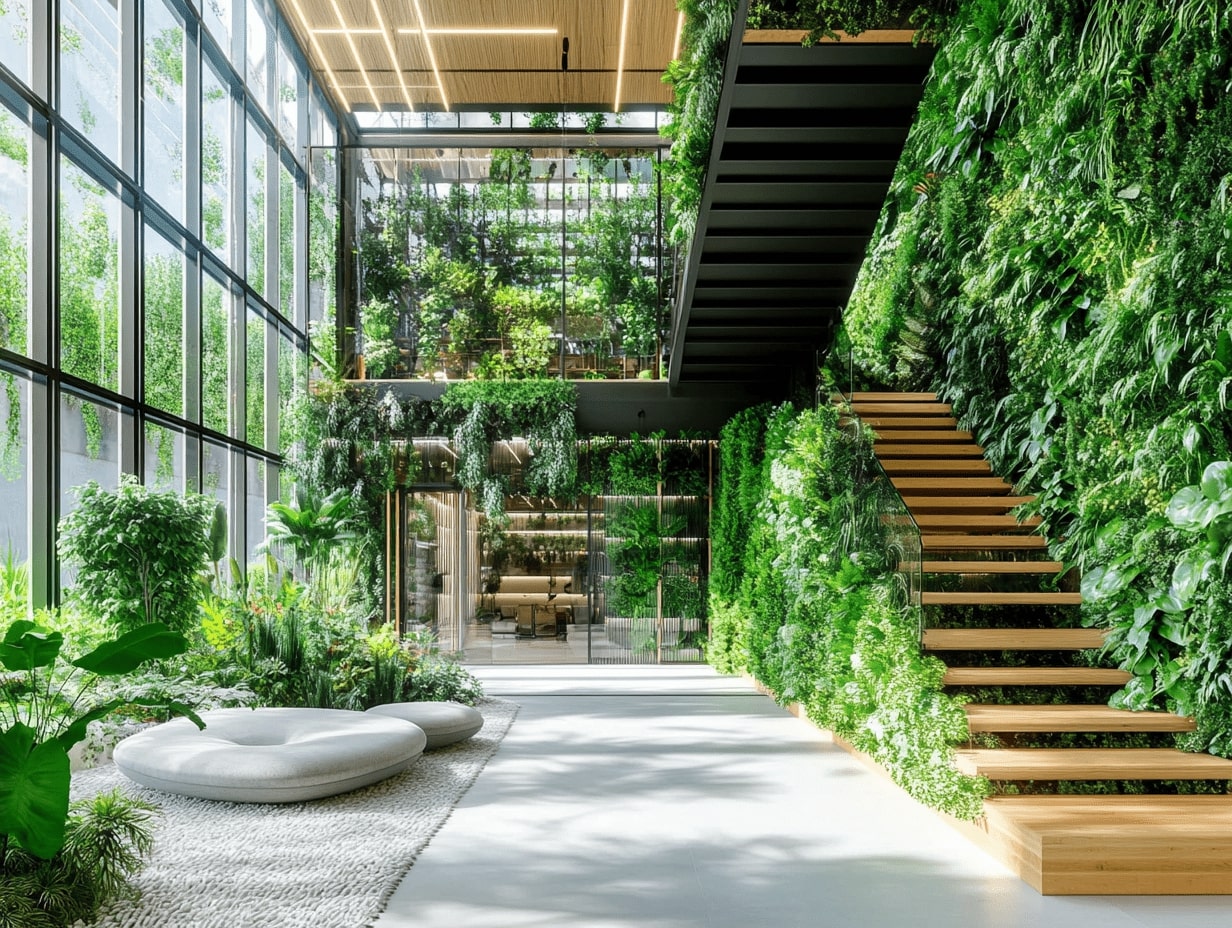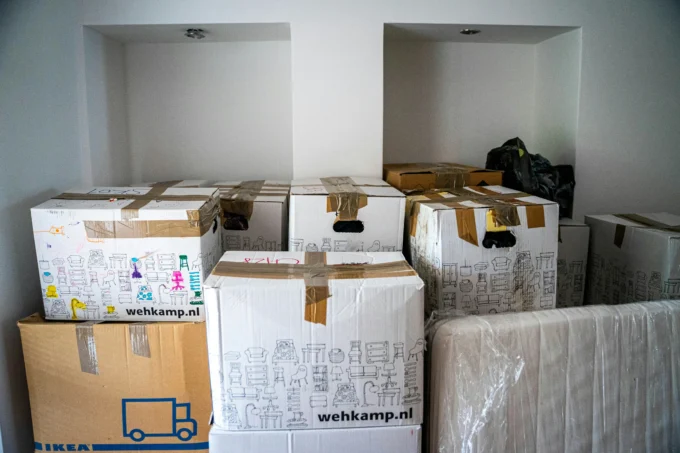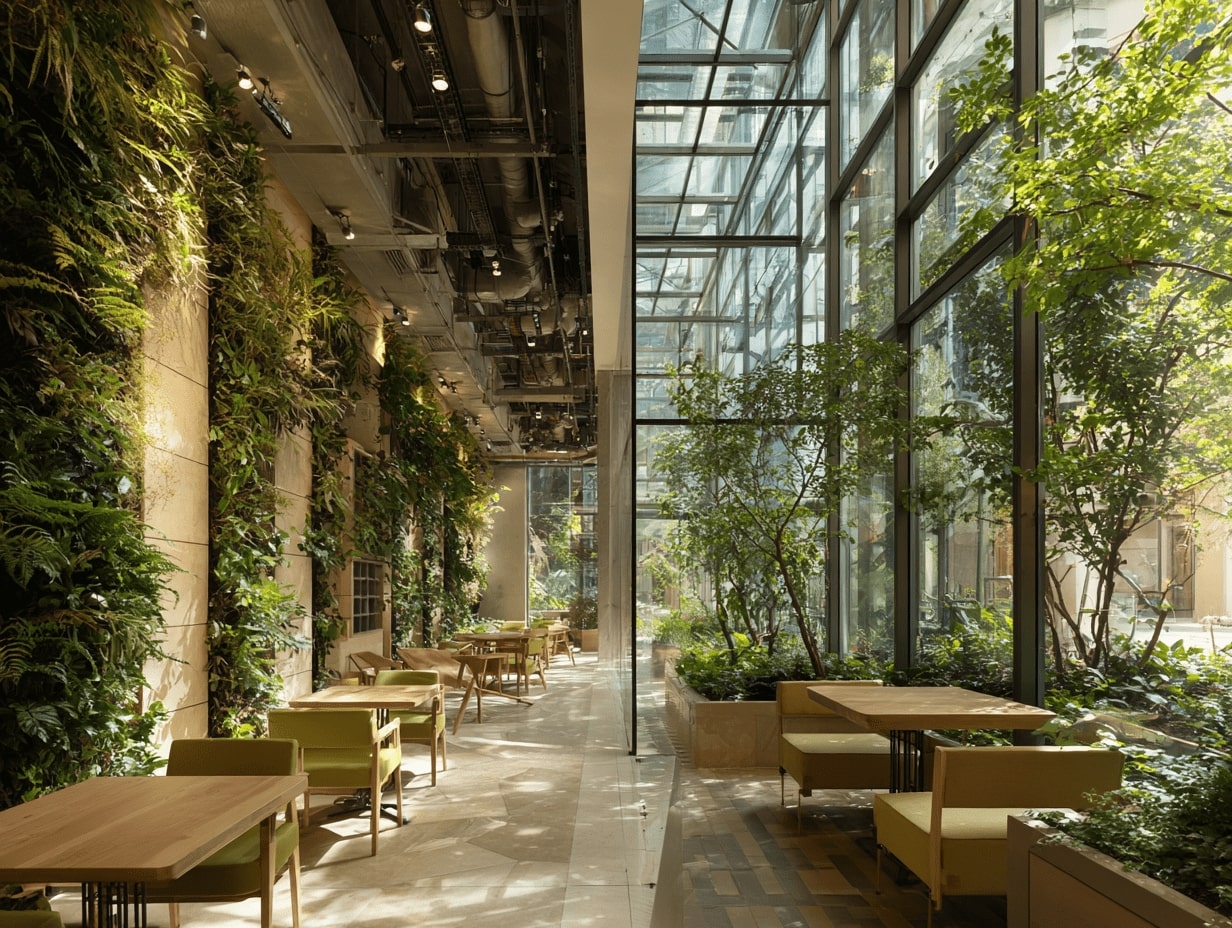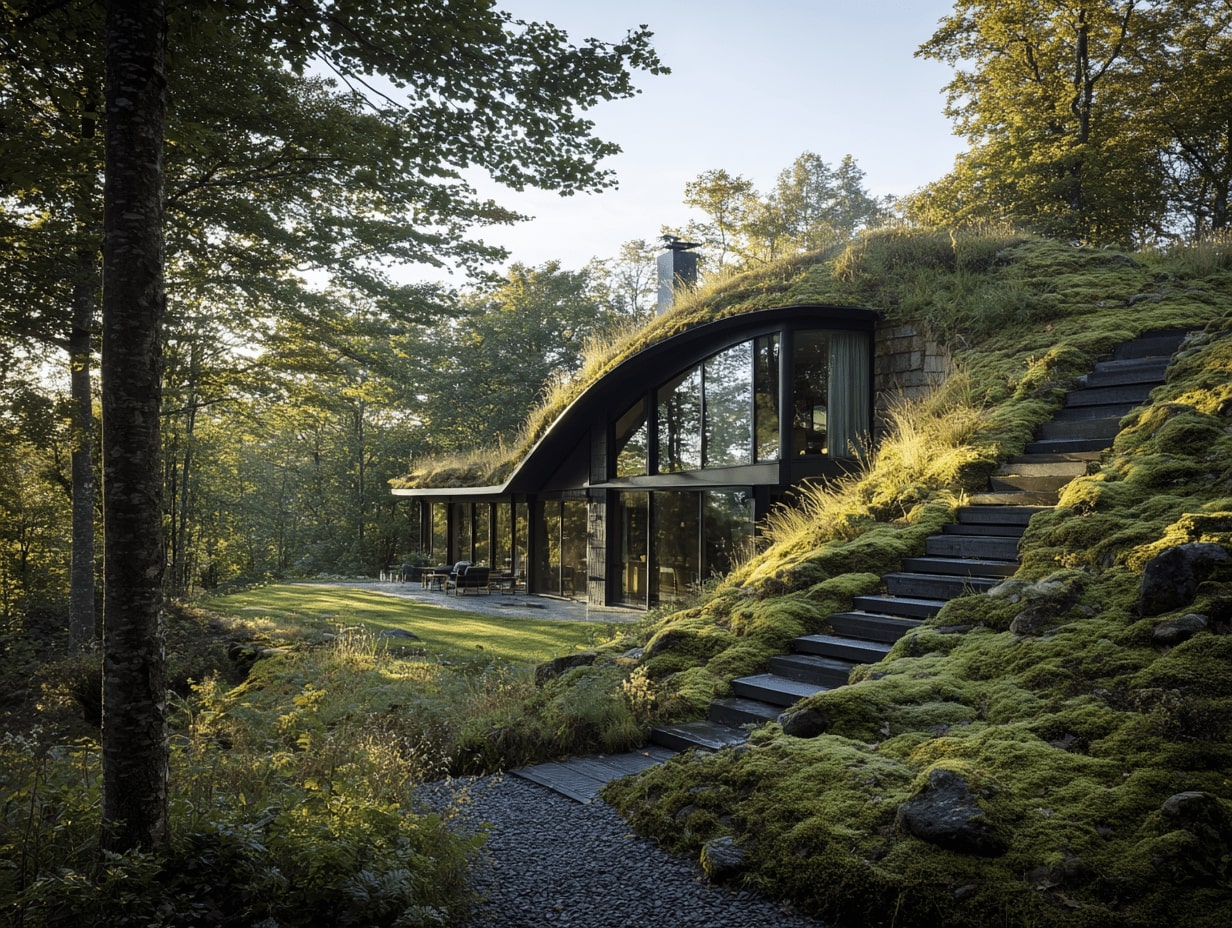- Home
- Articles
- Architectural Portfolio
- Architectral Presentation
- Inspirational Stories
- Architecture News
- Visualization
- BIM Industry
- Facade Design
- Parametric Design
- Career
- Landscape Architecture
- Construction
- Artificial Intelligence
- Sketching
- Design Softwares
- Diagrams
- Writing
- Architectural Tips
- Sustainability
- Courses
- Concept
- Technology
- History & Heritage
- Future of Architecture
- Guides & How-To
- Art & Culture
- Projects
- Interior Design
- Competitions
- Jobs
- Store
- Tools
- More
- Home
- Articles
- Architectural Portfolio
- Architectral Presentation
- Inspirational Stories
- Architecture News
- Visualization
- BIM Industry
- Facade Design
- Parametric Design
- Career
- Landscape Architecture
- Construction
- Artificial Intelligence
- Sketching
- Design Softwares
- Diagrams
- Writing
- Architectural Tips
- Sustainability
- Courses
- Concept
- Technology
- History & Heritage
- Future of Architecture
- Guides & How-To
- Art & Culture
- Projects
- Interior Design
- Competitions
- Jobs
- Store
- Tools
- More
How Biophilic Design is Transforming Urban Spaces for Healthier City Living
Discover how biophilic design is transforming urban spaces by integrating nature into city life. Explore its benefits for mental health, sustainability, and community, along with inspiring global examples. Learn how natural elements like greenery, light, and water can revitalize urban environments, creating healthier, more vibrant, and sustainable cities for the future.

Our cities are growing faster than ever, but in the rush to build upward and outward, we’ve often lost touch with nature. The gray concrete jungles we call home can feel disconnected and uninspiring. That’s where biophilic design steps in—an innovative approach that reconnects us with the natural world, even in the heart of urban spaces.
By integrating elements like greenery, natural light, and organic materials, biophilic design transforms urban environments into healthier, more vibrant places to live and work. It’s not just about aesthetics; it’s about improving our well-being, boosting productivity, and creating spaces that feel alive. In a world where nature often feels out of reach, biophilic design reminds us that it doesn’t have to be.

Table of Contents
ToggleWhat Is Biophilic Design?
Biophilic design incorporates natural elements into built environments, creating spaces that foster a connection to nature. It draws from the inherent human affinity for natural surroundings to improve both the aesthetic and functional quality of urban areas.

Core Principles Of Biophilic Design
- Direct interaction with nature: Integrating features like plants, water elements, and natural light into spaces. For example, urban parks, vertical gardens, and interior greenery tie nature directly into city living.
- Indirect connection to nature: Using natural materials, colors, and patterns. Wood textures, earthy tones, and organic shapes emulate natural surroundings.
- Spatial configurations: Designing open spaces, nooks, and multi-sensory environments. Daylighting, views of greenery, and soothing soundscapes enhance spatial comfort.
- Focus on ecosystems: Supporting biodiversity through design. Native plants, pollinator-friendly landscapes, and sustainable water systems preserve ecological balance.
The Importance Of Biophilic Design In Urban Areas
Biophilic design improves mental health and well-being by reducing stress and enhancing cognitive functions. Urban spaces like rooftop gardens or indoor green walls contribute to relaxation and focus.
Environmental benefits include cleaner air and moderated urban temperatures. Green infrastructure elements, such as trees and permeable surfaces, mitigate urban heat islands and filter pollutants.
Social connections thrive in naturalized urban areas. Community spaces, like biophilic plazas or green zones, encourage social interaction and foster a sense of belonging. Through these elements, biophilic design transforms cities into healthier, more sustainable habitats.
Benefits Of Biophilic Design In Urban Spaces
Biophilic design introduces nature into cities, offering wide-ranging advantages that elevate urban living. Its integration impacts the environment, human health, and economics in measurable ways.

Environmental Benefits
Biophilic design enhances urban ecosystems. Green roofs, vertical gardens, and tree canopies improve air quality by filtering pollutants and increasing oxygen levels. Native plantings promote biodiversity by supporting pollinators like bees and butterflies. Water features integrated into urban landscapes contribute to stormwater management, decreasing flood risks and enhancing water filtration. Additionally, greenery mitigates the urban heat island effect by cooling surrounding areas through shade and evaporative cooling processes.
Psychological And Health Advantages
Exposure to nature reduces stress and anxiety levels. Landscape elements like parks, green walls, and indoor plants create calming environments, improving mental well-being. Natural light improves sleep patterns, boosts mood, and enhances cognitive functions, particularly in workplaces and educational centers. Physical health also benefits, as cleaner air and moderated temperatures reduce respiratory issues and heat-related illnesses. Spaces promoting physical activity, such as green walking trails or bike lanes, further enhance overall health.
Economic Impact On Communities
Biophilic design increases property values and attracts businesses. Buildings featuring natural materials and green spaces draw higher rental and sale prices, as they’re perceived as more desirable. Commercial spaces with biophilic elements see improved employee productivity, reduced absenteeism, and greater customer engagement. At a community level, biophilic public areas often increase tourism and local commerce by becoming vibrant, attractive spaces. Sustainable features, such as energy-saving green roofs, also lower long-term building costs.
Key Elements Of Biophilic Design In Urban Spaces
Biophilic design transforms urban areas by integrating nature into planning and architecture. Its key elements create environments that improve well-being, environmental health, and urban aesthetics.

Green Infrastructure And Landscaping
Green infrastructure prioritizes elements like green roofs, vertical gardens, and urban forests. These features enhance air quality, optimize temperature regulation, and foster biodiversity in cities. Landscaping with native plants ensures ecological sustainability while reducing maintenance costs. For example, community gardens and tree-lined streets provide residents with access to greenery while supporting urban ecosystems.
Architecture Inspired By Nature
Architecture inspired by nature employs organic shapes, natural materials, and biomimicry in design. This approach creates buildings that harmonize with their surroundings. Features like façade patterns, wooden structures, and curved designs reduce the visual dominance of concrete. Incorporating locally sourced materials like timber or stone further connects built environments to their regional landscapes.
Incorporating Water Features
Water features such as fountains, ponds, and rain gardens bring dynamic elements into urban spaces. These installations improve air humidity, reduce heat island effects, and foster relaxation. Rainwater harvesting systems integrated with water features enhance urban sustainability and minimize runoff. Public plazas with streams or reflective pools create inviting spaces for social interaction while reconnecting people with natural water cycles.
Notable Examples Of Biophilic Design In Cities
Urban areas worldwide showcase innovative biophilic designs that balance modern infrastructure with nature. These projects act as benchmarks for creating healthier and more sustainable urban environments.

Successful Projects Around The World
- The High Line, New York City
A 1.45-mile-long park built on a former railway, The High Line integrates greenery, walking paths, and seating areas above street level. This project transformed an industrial site into a thriving green space, promoting biodiversity and offering a peaceful retreat for residents and visitors.
- Gardens by the Bay, Singapore
This futuristic park uses vertical structures like Supertree Groves, which are covered in plants and equipped with renewable energy systems. Combining aesthetics and functionality, the park serves as a model for sustainable urban ecosystems.
- Bosco Verticale, Milan
Two residential towers covered in over 20,000 plants and trees significantly improve air quality and thermal insulation. Bosco Verticale maximizes limited city space, presenting an effective solution for high-density areas.
- Cheonggyecheon Stream, Seoul
A revitalized 11 km stream in the city center includes walking paths, greenery, and clean water features. This redevelopment reduces urban heat, improves air circulation, and creates a serene environment to boost well-being.
- Masdar City, Abu Dhabi
Planned as a sustainable urban space, Masdar City incorporates shaded walkways, wind towers, and greenery to reduce temperatures and energy usage. This project demonstrates how biophilic design adapts to extreme climates.
Lessons Learned From Implementing Biophilic Design

- Prioritizing Community Needs
Projects like Cheonggyecheon Stream highlight the importance of accessibility and functionality. Thoughtful design ensures spaces cater to diverse user groups, fostering inclusivity and social interaction.
- Blending Aesthetic With Sustainability
Gardens by the Bay and Bosco Verticale show that stunning visuals can coexist with ecological benefits. Using diverse flora and renewable energy makes designs both beautiful and environmentally responsible.
- Maximizing Limited Space
Urban areas often face space constraints. Vertical gardens and compact green rooftops, as seen in Bosco Verticale and The High Line, optimize available areas while maintaining urban greenery.
- Adapting To Local Conditions
Projects like Masdar City demonstrate that successful biophilic designs depend on climate and environmental understanding. Efficient water management and heat-reduction strategies enhance long-term vitality.
- Emphasizing Community Education
Creating awareness about the benefits of biophilic design encourages long-term community engagement and care. Public spaces that integrate nature can also serve as educational platforms to inspire sustainable practices.
Challenges And Future Of Biophilic Design In Urban contexts
Biophilic design faces unique challenges in dense urban settings while also showing promise through innovation. Addressing constraints and leveraging advancements can unlock its full potential in cities.

Addressing Urban Constraints
High population density limits space for implementing large-scale biophilic elements. Vertical gardens, rooftop greenery, and small green pockets provide solutions, but budget restrictions often hinder execution. In addition, competing priorities like housing shortages and urban infrastructure projects reduce space and resources for biophilic initiatives.
Maintenance requirements pose another challenge. Green roofs and landscaping require ongoing care, which can strain municipal budgets and resources if not planned effectively. Public understanding is also critical. Without awareness and community buy-in, implementing and sustaining biophilic design in shared spaces becomes difficult.
Policy gaps and zoning regulations often fail to prioritize biophilic practices. For instance, outdated policies might lack incentives for developers to incorporate greenery into new projects. Updating regulations can help integrate nature-centered designs into city planning.
Innovations Driving The Future Of Biophilic Design
Advanced technologies are expanding what’s possible in biophilic design. Smart irrigation systems, for example, optimize water usage for green roofs and walls, while sensors monitor plant health to reduce maintenance costs. Modular green wall systems and prefabricated green components simplify integration into existing structures.
Urban planning tools powered by artificial intelligence (AI) enable more precise mapping of biophilic opportunities. AI identifies underutilized spaces like vacant lots or rooftops for potential greening projects, maximizing land use efficiency. Similarly, eco-engineering innovations like lightweight soil blends reduce the structural load for green infrastructure, making biophilic designs more accessible.
Cross-disciplinary collaboration drives progress. Partnerships among architects, ecologists, and city planners produce sustainable, adaptive designs. For instance, projects blending solar panels with greenery generate energy while improving urban aesthetics and air quality.
Future biophilic strategies must continue integrating natural and built environments, leveraging both technology and community participation.
Conclusion
Biophilic design is reshaping urban spaces by prioritizing nature and its benefits within city environments. By integrating natural elements into architecture and infrastructure, we can enhance mental well-being, promote sustainability, and strengthen community interactions. Its transformative impact is evident in successful projects worldwide and further amplified through technological and collaborative advancements.
As urbanization progresses, adopting biophilic strategies can redefine how we experience and interact with urban spaces. Balancing ecological sustainability with human-centric design offers cities an opportunity to evolve into healthier, more vibrant habitats. Through innovation and collective effort, biophilic design holds the potential to create urban landscapes that connect us to the natural world.
- biophilic architecture
- Biophilic Design
- biophilic design in cities
- city living and nature
- connecting nature and cities
- ecological urban design
- environmentally friendly city design
- green urban living
- greener urban spaces
- health benefits of biophilic design
- innovative urban spaces
- natural elements in urban planning
- nature-inspired urban planning
- restorative urban environments
- sustainable cities
- sustainable urban planning
- urban biophilic design
- urban health and design
- urban space transformation
- urban wellness design
Submit your architectural projects
Follow these steps for submission your project. Submission FormLatest Posts
Eco-Friendly Floor Coverings: Smart Choices for a Greener Home
Eco-friendly floor coverings made simple: discover sustainable materials, trusted certifications, and room-by-room...
What are Biodomes?
Biodomes are transforming architecture by blending ecological science with advanced design to...
The Quiet Revolution of Biophilic Design
Biophilic design is reshaping homes, workplaces, and cities—backed by evidence. Learn core...
Sustainable Solutions in Contemporary Architecture: From Passive Design to Clean Energy
Sustainable solutions in contemporary architecture: a practical playbook to hit net-zero, cut...












Leave a comment